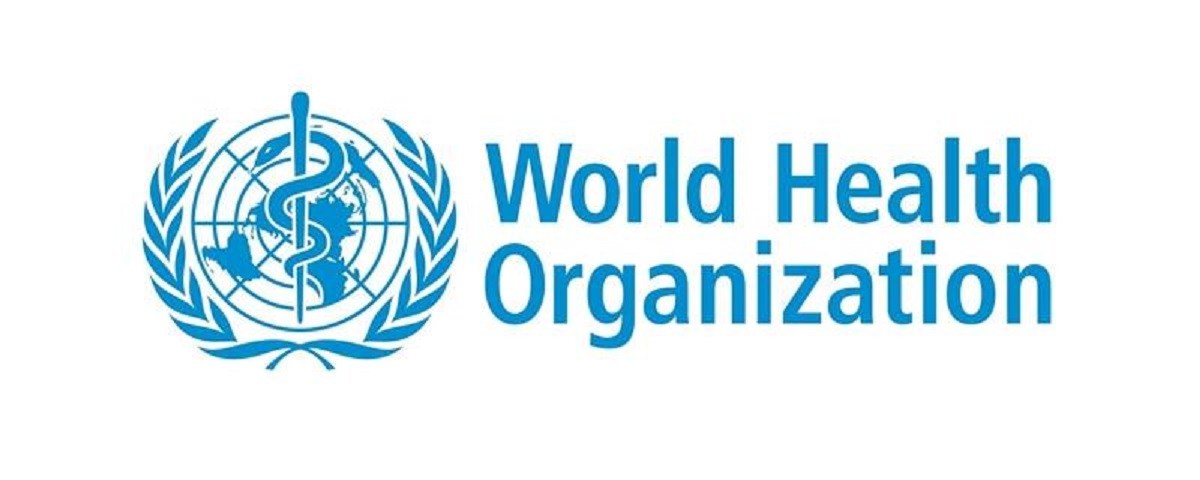Cases are increasing, WHO warns against relaxing COVID-19 protocol
March 17, 2022
World Health Organisation (WHO) has warned against relaxing COVID-19 protocol, noting that the pandemic is not over as cases are increasing globally.
WHO Director-General Tedros Adhanom Gebreyesus told journalists in Geneva on Wednesday that after several weeks of declines, reported cases of COVID-19 were once again increasing globally, especially in parts of Asia.
According to him, a combination of factors, including misinformation that the pandemic is over, the lifting of mask mandates, ending physical distancing – and a more transmissible Omicron BA.2 variant – are causing an increase of COVID-19 cases globally.
In the past week, the agency has seen an eight per cent increase in detection of COVID-19 cases, with more than 11 million positive test results.
“These increases are occurring despite reductions in testing in some countries, which means the cases we are seeing are just the tip of the iceberg,” he explained, warning that when cases tick up, so do deaths.
Ghebreyesus said that continued local outbreaks and surges were to be expected, particularly in areas where measures to prevent transmission had been lifted.
He said that there are ‘unacceptably high’ levels of mortality in many countries, especially where vaccination levels were low among susceptible populations.
“Each country is facing a different situation with different challenges, but the pandemic is not over,” he reiterated.
WHO’s Dr. Maria Van Kerkhove explained that a combination of factors was fuelling the increase of cases worldwide, beginning with a more transmissible variant.
“We still have Omicron which is transmitting at a very intense level around the world.
“We have sub-lineages of Omicron BA.1 and BA.2. BA.2 is more transmissible, and this is the most transmissible variant we have seen of the SARS-COV2 virus to date,” she warned.
The COVID-19 Technical Lead informed that in the last 30 days of more than 400,000 sequences sampled, 99.9 per cent are Omicron, and 75 per cent correspond to the BA.2 variant.
“We do not see an increase in severity with BA.2. However, with huge numbers of cases you will see increase hospitalisations and we have seen this in country after country,” Kerkhove highlighted.
Another factor influencing the increase of numbers is the lifting of public health and social measures.
“Lifting of the use of masks, lifting of physical distancing, lifting of restrictions limiting people’s movement, this provides the virus an opportunity to spread,” Kerkhove cautioned.
The expert also pointed out that there are ‘huge amounts of misinformation’ causing a lot of confusion among people.
“The misinformation that Omicron is mild, misinformation that the pandemic is over, misinformation that this is the last variant that we will have to deal with,” she explained.
Meanwhile, Dr. Mike Ryan, WHO’s Executive Director of the Health Emergencies Programme clarified that the virus has not ‘settled down’ into a purely seasonal or predictable pattern yet.
The expert added that the virus is still ‘very fit’ and it’s moving around easily and in the context of waning immunity and vaccines not acting perfectly against infection, the virus will likely continue to echo around the world. (NAN)







